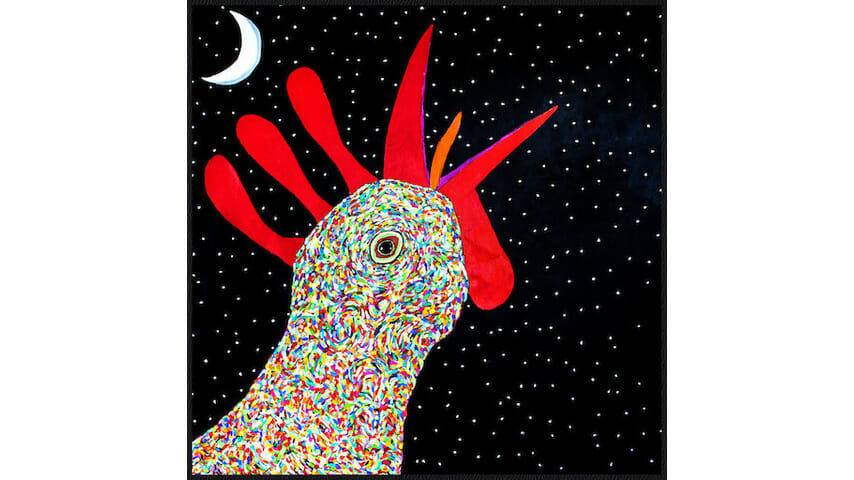
Daniel Norgren’s new album Wooh Dang sounds like someone slowly rolling a radio dial across several AM stations, each broadcasting a field recording. Some are strange. Some are gorgeous. Some ache and some comfort. Some sound muffled and others are so intimately captured, it feels like Norgren is singing from inside your ear canal.
All of them, though, showcase the sound of an ambitious singer-songwriter at the height of his powers, plus the creaky 19th century farmhouse where Norgren and his friends recorded the album live to tape on analog gear.
Scanning the AM band is an apt metaphor for Norgren’s career. For years — in the United States, at least — he was the kind of artist you happened upon, not the kind you tuned into on purpose. Born and still based in rural Sweden, Norgren recorded a handful of albums in the early 2010s that grew both his reputation and his audience in Europe, where he sells out rooms that hold thousands of people. But for a couple of kind words in the press, he was nonexistent stateside — no tours, no album distribution, no buzz.
With the arrival of Wooh Dang, all that has changed. Over the past few years, Norgren caught some breaks, made some good decisions and worked hard, touring North American for the first time, and then again. As a result, at least some of the right people are hip to his unorthodox approach to roots music; Wooh Dang premiered on NPR’s web site, where Bob Boilen compared the record to “hanging out on a well-worn couch.” (Boilen happened to catch one of Norgren’s first three sets in America, at Oregon’s Pickathon music festival in 2016.)
If this all sounds like a recipe for a highly polished and put-together mid-career coming-out party of an album, that’s understandable. But it’s not taking into consideration Norgren’s fiercely independent streak and masterful incorporation of noise and atmosphere into his music. Instead, Wooh Dang opens with a full two minutes of ambient tones, synth squelch and chirping birds, which eventually give way to a tinny and distorted recording of guitar and a hummed melody. “Blue Sky Moon” is a hurdle — a pretty hurdle, but a hurdle nonetheless.
Then, Norgren gets to doing what he does best: folk, blues, country, rock or some combination thereof, usually with a twist. “Dandelion Time” shuffles and slinks and legitimately sounds like an unearthed document of a decades-old juke joint jam. “Let Love Run The Game” is a beefy bar-room rocker that recalls The Band. On “So Glad,” Norgren builds a beautiful hymn atop a two-note drone. And on “Rolling Rolling Rolling,” he conjures up some serious soul power with a little help from gorgeous backing vocals and a gleaming keyboard part.
Throughout Wooh Dang, Norgren proves himself unafraid of a sparse arrangement. Songs like “The Flow” and “The Day That’s Just Begun” revolve around his voice, with minimal accompaniment by piano, guitar feedback, yawning harmonica or the low hiss of the room. And yet it’s “When I Hold You In My Arms” — a lush little ditty that floats like angels’ wings across a distinctly Latin rhythm — that might be the most instantly likeable moment on the album.
It’s that stylistic diversity — and Norgren’s obvious skill and feel for most anything he tries — that really gives Wooh Dang that AM radio feel. With every turn of that invisible dial, another delight awaits.